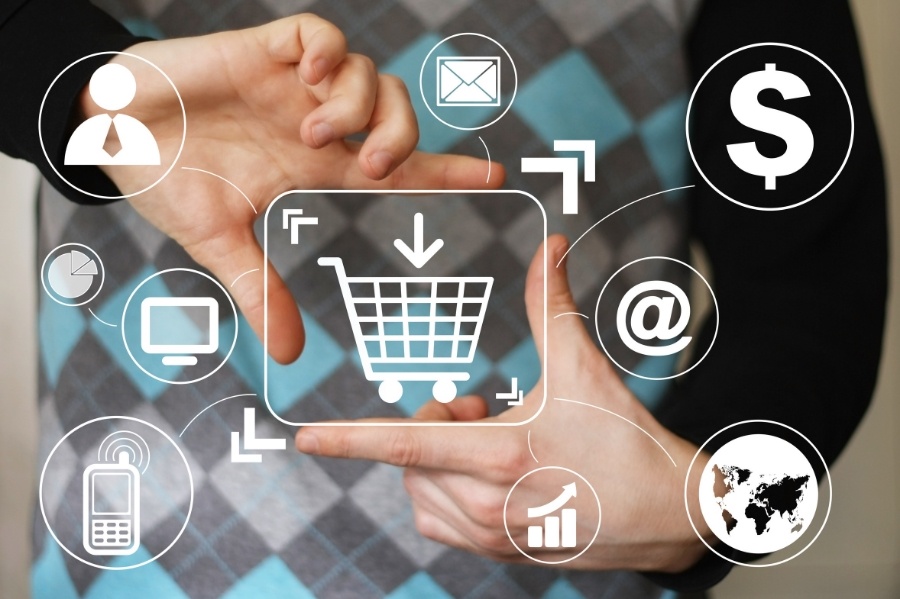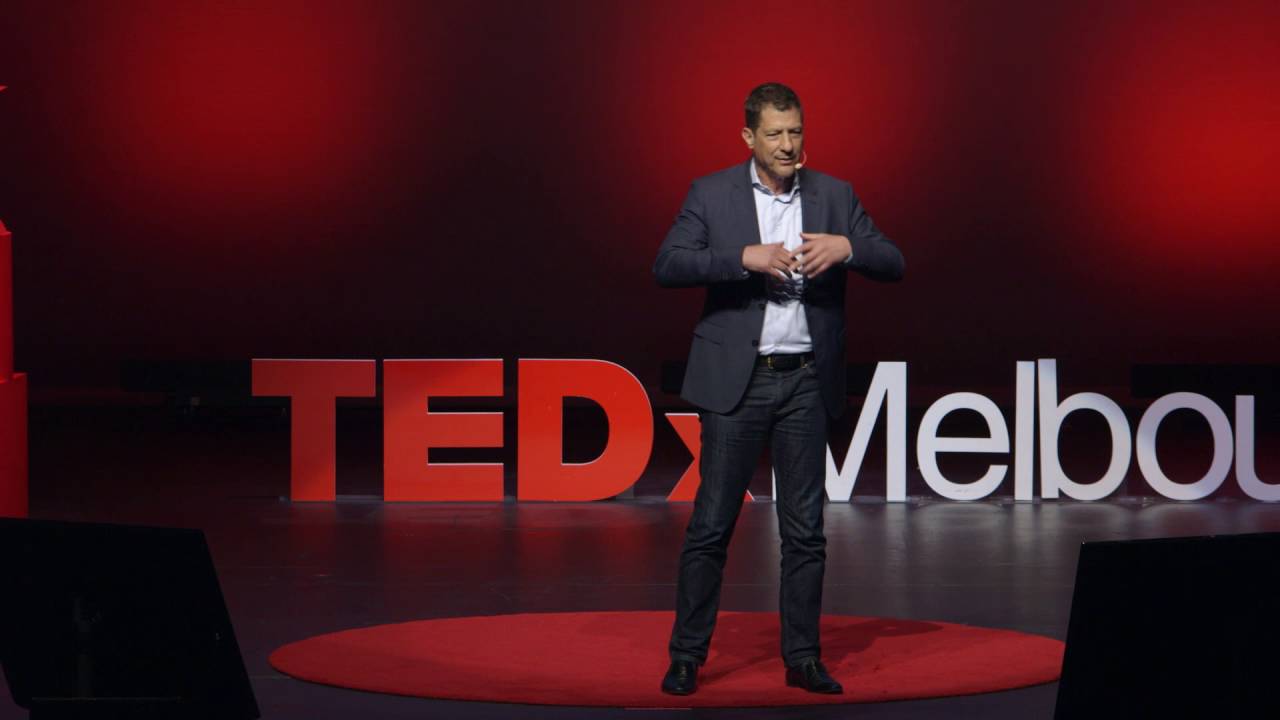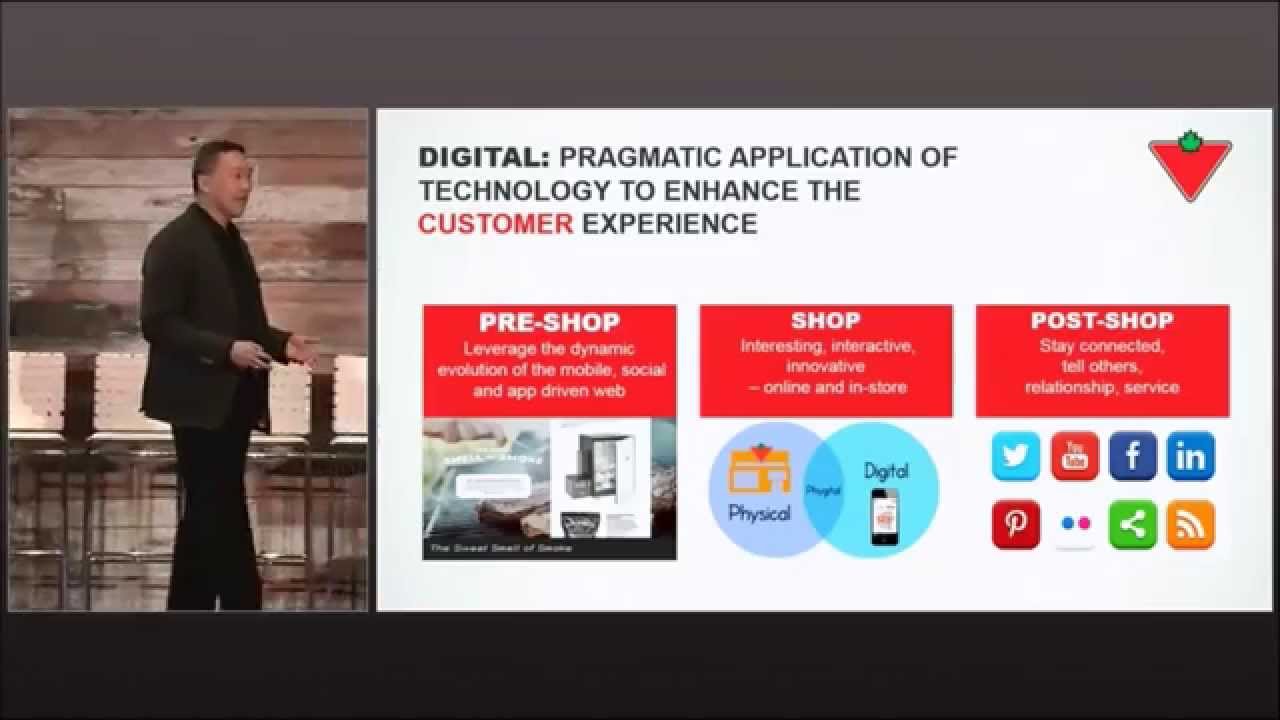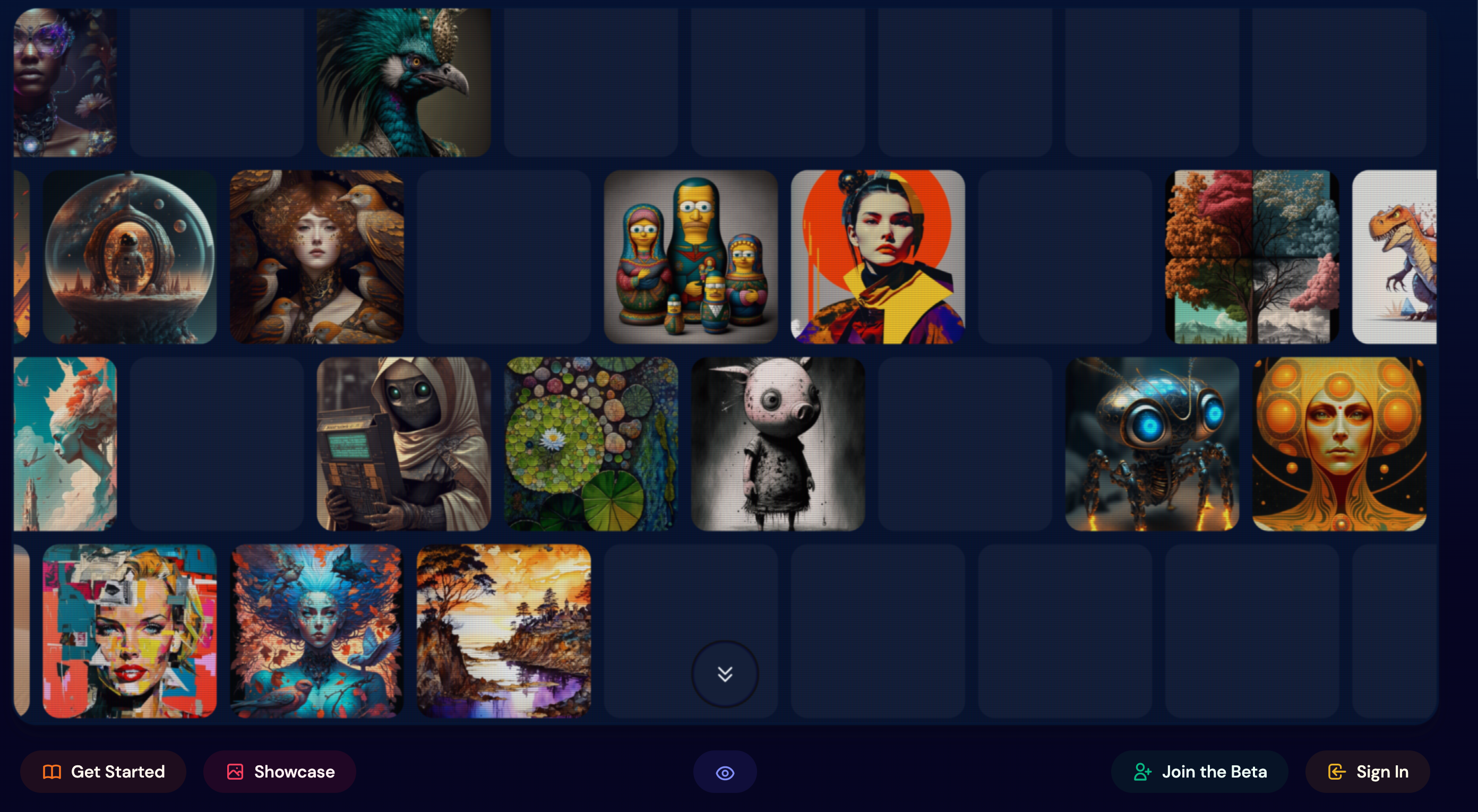According to “The new digital divide” report created by Deloitte, digital influence has grown from 14% of all sales in 2012 (USD 0.33 Trillion) to a whopping 49% in 2014. That’s USD 1.70 Trillion worth of sales influenced digitally. And the number is rising steadily. Moreover, in 2016, digital influence continued its rapid growth, although at a slower rate than we’ve historically seen. At the time of the last study, USD 0.56 of every dollar spent in a store is influenced by a digital interaction. And when we include the primary source of growth in retail—online sales—the impact of digital influence is even greater.
This survey was commissioned by Deloitte and conducted online by an independent research company April 25–May 5, 2016. The survey polled a national sample of 5,014 random consumers. Data were collected and weighted to be representative of the U.S. Census for gender, age, income and ethnicity. The national random sample, sample of device owners and sample of smartphone owners have a margin of error of plus or minus 1-2 percentage points. Additionally, subsets of randomly assigned respondents were asked to provide information about how they use a digital device to shop for a product subcategory (such as cosmetics or perishables) with a margin of error of plus or minus 7-8 percent. Specific digital behavior data represent consumers who use digital devices to shop.
But even as digital influence has risen, retailers’ ability to influence the purchase journey has decreased. Why? Because the large e-commerce players, as well as digital platforms such as Pinterest, are operating at such scale now that they are shaping customers’ definitions of what a great customer experience is. Not only that, but they are also simply more connected to the customer’s needs than the typical brick-and-mortar retailer.
How did this happen? It’s quite very simple. A single retailer, doesn’t interact very often with its customer more than several times a year and the amount of information it gathers is not very profound in order to provide a meaningfully personalized experience for the consumer. That creates a big contrast to the kind of relationship, trust, and understanding of preferences and purchase intent that a digital platform like Pinterest can create when they interact with that same customer for several hours a day. Therefore, in most of the situations, the customers’ preferred method of locating, buying, and receiving products in-store has been redefined by their online experiences.
In addition, customers today can go to their Internet browser, have it search the broad, fragmented marketplace, and get exactly what they want. No longer do they have to settle for something that is close to what they want; the browser curates the exact assortment they are seeking, far more quickly and easily than a visit to the mall. According to the Deloitte specialists, this dynamic has led to a significant increase in the shift of market share as nimble small and mid-level players collectively steal share from larger, more traditional, at-scale retailers. This fragmentation and volatility in the market is reflected in Deloitte’s Retail Volatility Index. The competition is no longer coming from the big box across the street, but rather from a numerous newer, smaller competitors, most perhaps too small to capture the attention of the big players, but each eating away at market share.
Despite the impact of digital influence continually increasing, the ability of retailers to influence the purchase journey is decreasing. Digital platforms such as Facebook and Google are already hosting real-time interactions with customers for several hours each day. As a result, they are shaping and redefining the customer’s definition of a great experience through constant real time connection.
“Any retailer who thinks they can build their own personalized experience to interact with customers anywhere near the extent of major digital platforms and find success may be disappointed with their results” said Jeff Simpson, principal, Deloitte Consulting LLP and co-author of the study. “Their limited interaction with customers – about six to eight transactions per year – limits their understanding of the ‘moments that matter’ in a personalized experience such as purchase intent and preference. Instead, retailers should more aggressively embrace integration and the native capabilities of the major digital platforms where their customers have already chosen to interact and transact.”
Deloitte’s main advice for stores: Further integrate with those digital platforms. The report states, “Retailers should embrace the native capabilities of their digital touchpoints and integrate with platforms where their customers are already interacting at scale rather than trying to build such platforms themselves.”
According to the study, more than three-quarters (78 percent) of non-millennials are now using digital devices either two or three times throughout their shopping trip. Mobile device usage is no longer as heavily skewed toward millennials. Data shows that the age gap is shrinking as now – across all age groups – customers are turning to their mobile devices before and during the shopping journey.
“The important thing to remember is that most of today’s buying power still remains with non-millennials,” said Lokesh Ohri, senior manager, Deloitte Consulting LLP and leader of customer engagement, content and commerce offerings in the retail practice. “A better idea is to consider all the verifying types of customers, determine how they use digital differently in the purchasing journey and create a broad range of customized experiences for each.”
“It isn’t just what retailers do, but when they do it. Research has also revealed that there are limited windows of opportunity to engage shoppers, with men getting bored after just 26 minutes and women after two hours, so engaging with purchasers has never been more important. By offering a variety of in-store engagement opportunities, mobile users open to an enhanced or incentivised visit will start to feel like their in-store experiences are able to offer them a similar one to those they enjoy online,” wrote Amy Keen for Extreme Creations UK. She also expressed the fact that many major high street players are actively seeking out solutions to this challenge. “Marks and Spencer has adopted ‘browse and order hubs’, Nordstrom has included ‘top pinned’ items in store to show retailers what social users are highlighting as key pieces. See more examples of technology being used by retailers, here. By increasing personalization, retailers are not only nurturing their customers’ interest in their brand, but developing their loyalty. The better the experience, the greater the conversion into purchasing and return custom,” concluded Keen.
Moreover, according to 27% of senior executives, digital transformation is “a matter of survival”, shows Shayla Price on Session Cam. Customers are shopping on multiple digital devices. They learn, compare, and purchase products without leaving their homes. An Altimeter report notes that “digital transformation represents the quest to understand how disruptive technology affects the customer experience.” With increased competition, businesses must differentiate themselves beyond product offerings. And that means mastering how to provide the best online shopping experience to their customers.





















